Filter by
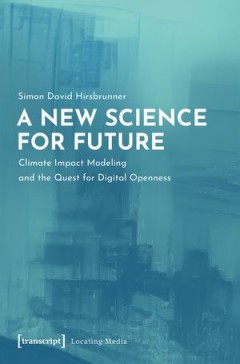
A New Science for Future: Climate Impact Modeling and the Quest for Digital O…
Building on concepts from Science & Technology Studies, Simon David Hirsbrunner investigates practices and infrastructures of computer modeling and science communication in climate impact research. The book characterizes how scientists calculate future climate risks in computer models and scenarios, but also how they circulate their insights and make them accessible and comprehensible to others…
- Edition
- -
- ISBN/ISSN
- 9783839452653
- Collation
- -
- Series Title
- -
- Call Number
- 302.23 HIR n
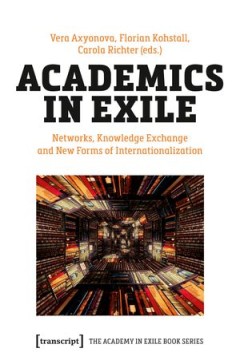
Academics in Exile: Networks, Knowledge Exchange and New Forms of Internation…
Restrictions on academic freedom, persecution and armed conflict have forced many scholars into exile. So far, the professional trajectories of these scholars and their contributions to knowledge exchange have not been studied comprehensively. The contributors to this volume address the situations and networks of scholars in exile, the challenges they face in their host countries and the opport…
- Edition
- -
- ISBN/ISSN
- 9783839460894
- Collation
- -
- Series Title
- -
- Call Number
- 300 ACA a
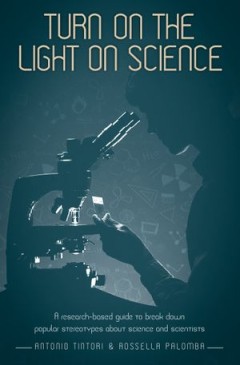
Turn on the light on science: A research-based guide to break down popular st…
Scientists deserve public recognition. The ways that they are depicted, however, are severely limited in physical and personal traits, helping to establish and enhance stereotypes under the general title of ‘scientist’. These stereotypes range from the arrogant researcher who wants to rule the world, to the lab coat wearing ‘nerdy’ genius, but all generally fall to an extreme view of an…
- Edition
- -
- ISBN/ISSN
- 9781911529057
- Collation
- -
- Series Title
- -
- Call Number
- 300 PAL t

The Mobile Workshop:The Tsetse Fly and African Knowledge Production
How the presence of the tsetse fly turned the African forest into an open laboratory where African knowledge formed the basis of colonial tsetse control policies. The tsetse fly is a pan-African insect that bites an infective forest animal and ingests blood filled with invisible parasites, which it carries and transmits into cattle and people as it bites them, leading to n'gana (animal trypanos…
- Edition
- -
- ISBN/ISSN
- 9780262535021
- Collation
- -
- Series Title
- -
- Call Number
- -
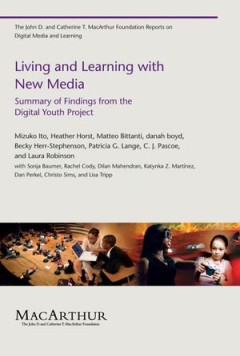
Living and Learning with New Media: Summary of Findings from the Digital Yout…
This report summarizes the results of an ambitious three-year ethnographic study, funded by the John D. and Catherine T. MacArthur Foundation, into how young people are living and learning with new media in varied settings—at home, in after school programs, and in online spaces. It offers a condensed version of a longer treatment provided in the book Hanging Out, Messing Around, and Geeking O…
- Edition
- -
- ISBN/ISSN
- 9780262513654
- Collation
- -
- Series Title
- -
- Call Number
- -
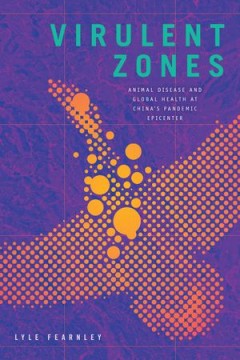
Virulent Zones : Animal Disease and Global Health at China's Pandemic Epicenter
Scientists have identified southern China as a likely epicenter for viral pandemics, a place where new viruses emerge out of intensively farmed landscapes and human--animal interactions. In Virulent Zones, Lyle Fearnley documents the global plans to stop the next influenza pandemic at its source, accompanying virologists and veterinarians as they track lethal viruses to China's largest freshwat…
- Edition
- -
- ISBN/ISSN
- 9781478009993
- Collation
- -
- Series Title
- -
- Call Number
- -
 Computer Science, Information & General Works
Computer Science, Information & General Works  Philosophy & Psychology
Philosophy & Psychology  Religion
Religion  Social Sciences
Social Sciences  Language
Language  Pure Science
Pure Science  Applied Sciences
Applied Sciences  Art & Recreation
Art & Recreation  Literature
Literature  History & Geography
History & Geography